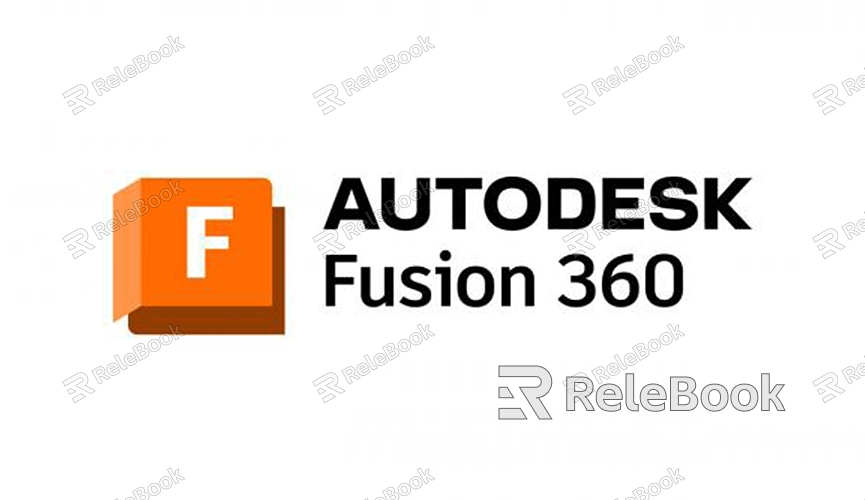How to Export 3D Models from Fusion 360?
In today’s design and manufacturing fields, the use of 3D modeling software is becoming increasingly common. Among these tools, Fusion 360 stands out as a powerful option widely used in product design, engineering, and manufacturing. Many users often need to export their 3D models upon completing their designs for printing, sharing, or further processing. This article will delve into how to effectively export 3D models from Fusion 360, helping users successfully navigate this crucial step.

Understanding Export Formats
Before exporting a 3D model, it’s essential to understand the different export formats available. Fusion 360 supports various formats, such as STL, OBJ, STEP, and IGES. Each format has its unique advantages and disadvantages, so users should choose the appropriate format based on their specific needs. For example, STL is commonly used for 3D printing, while STEP and IGES are suitable for further engineering and design use.
Preparing the Model
Before exporting, ensure the model is free of errors and unnecessary components. Check the integrity of the model, removing any unneeded sketches and components to keep the exported file clear and concise. Additionally, optimize the model's details to reduce file size and improve export efficiency.

Export Steps
1. Select the Model
In the Fusion 360 workspace, start by selecting the model you wish to export. You can directly click the corresponding component in the model tree.
2. Access Export Options
In the top menu, locate the “File” option, click it, and then select “Export.” A window will pop up displaying various export options.
3. Set Export Parameters
Depending on your desired export format, adjust the relevant parameters. For instance, if you choose the STL format, you can set resolution and units. Ensure all settings align with your needs for generating the appropriate file.
4. Complete the Export
Finally, choose the location to save the exported file and click “Save” to finish the export process. The exported file will be saved in the folder you selected, ready for subsequent use.
Post-Export Processing
Once the export is complete, users can open the file in the appropriate software to verify its integrity and accuracy. If the model is intended for 3D printing, it is recommended to use specialized slicing software for preprocessing to better meet the printer’s requirements.
By following these steps, users can easily export 3D models from Fusion 360, choosing the appropriate format and making necessary adjustments to ensure the exported model meets their requirements. Mastering this skill not only improves work efficiency but also allows for greater flexibility in using 3D models across different projects. If you want to further explore various 3D models and textures, feel free to visit the Relebook website for downloads.
FAQ
What should I do if I encounter errors when exporting an STL file?
There may be issues with the model, such as unclosed faces or duplicate vertices. Check and repair the model before trying again.
How do I choose the best export format?
Select the format based on the intended use; for example, STL is suitable for printing, while OBJ is better for use in animation software.
Can I export models with textures?
Yes, but textures usually need to be processed and applied in other software. Ensure the exported format supports texture information.

